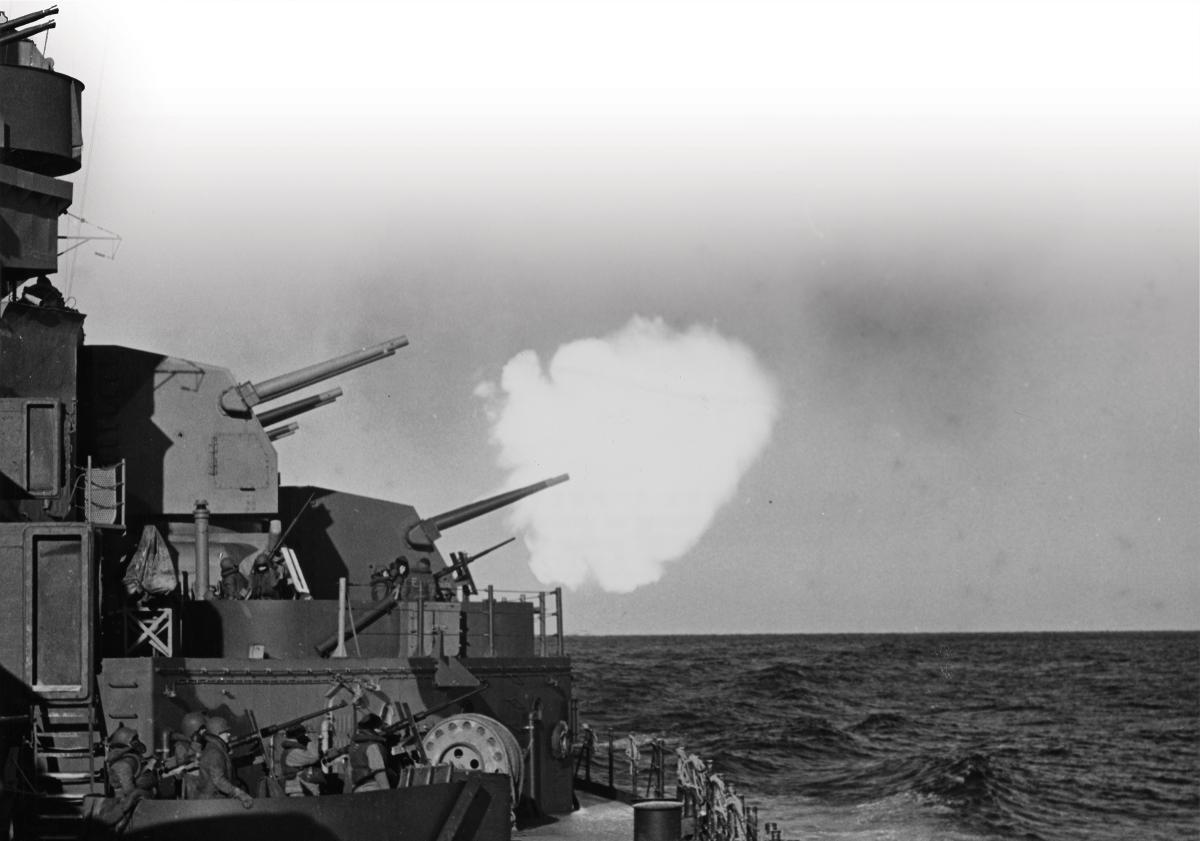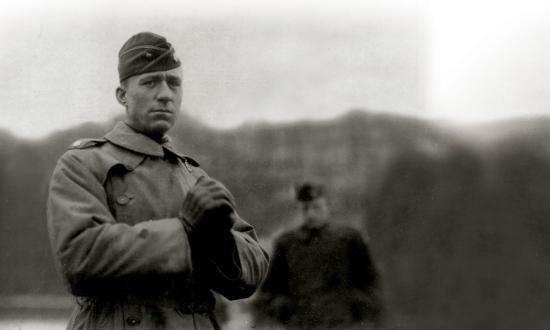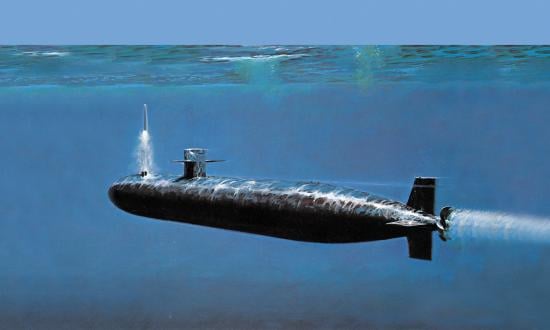Commanders Miguel and Luis Perales, Spanish Navy
The Oto Melara 76-mm gun. More than 50 nations use it, from patrol boats to frigates and destroyers. Its 3-inch caliber, together with its high-firing rate, versatility, reliability, and limited maintenance demands, make this gun the perfect weapon against surface, air, and land targets.
James Hasik, Senior Fellow, George Mason University
The Bofors 57-mm/70-caliber Mk 2 gun. It is a naval bayonet—small enough that ships can readily afford the space, weight, and power, but big enough to ruin anything too small to merit a missile. The programmable ammunition can savage boat and drone swarms. Who needs heavier for a shot across the bow?
Captain Steve Whitaker, U.S. Navy (Retired)
The Hotchkiss Quick Firing Six-Pounder light 57-mm deck gun. The most effective gun system should be measured by its outcomes. For this gun, the cost- and size-to-hit ratios were unmatched. It helped win the Battle of Santiago and effectively end the Spanish-American War.
Commander Chuck Hill, U.S. Coast Guard (Retired)
The 5-inch/38-caliber gun was the best system ever deployed on a U.S. warship because of its versatility and rate of fire, superior to any contemporary weapon of its type. It was effective against both aircraft and surface targets, could be loaded at any angle, and its semifixed ammunition allowed it to be loaded rapidly by hand without wearing out the crew.
Captain Rich Sloane, U.S. Navy (Retired), Golden Life Member
The twin .50-caliber gun system on a patrol boat, riverine (PBR). It has an incredible rate of fire, accuracy, and punch, and you had to shovel the hot ankle-deep brass from around your feet after the fight was over. Pay no attention to the glowing barrels—change them out when you get home!
Andrew K. Blackley, Civil Engineer and Amateur Historian
The World War I–era Krupp SK Schnelladekanone series of large guns that used brass alloy powder cartridges. The powered sliding breech block design coupled with the metal cartridge case provided a faster, safer rate of fire and prevented the horrific accidents ships using bagged powder experienced.
David Poyer, Author of Overthrow
Civil War–era Dahlgren IX- and X-inch shell guns. Simple and elegantly engineered, these robust weapons were specifically designed to defeat heavily armored opponents. And they were safe—no Dahlgren ever exploded or failed in service, unless deliberately destroyed in tests!
Peter Kolakowski, Retired Navy Civilian
The Bofors 40-mm antiaircraft gun firing variable-timed fused ammunition. Once employed on ships in the World War II Pacific theater, the U.S. Navy shot down Japanese aircraft at a dramatically increased rate to achieve air dominance. The variable-timed fuse changed antiair and field artillery warfare.
Commander Dan Upp, U.S. Navy (Retired)
The Oto Melara 76-mm gun on the Oliver Hazard Perry–class frigates. Not as big as a 5-inch gun, but with decent range, large magazine, good variety of projectiles, and the 120 rounds-per-minute rate of fire, it blows everything else out of the water.
Captain Jamie McGrath, U.S. Navy (Retired)
The Oto Melara 76-mm gun. It shoots forever without jamming at an amazing 120 revolutions per minute, is highly accurate, and can be mounted on anything larger than a barge. It is the gun that should be on the littoral combat ship and future frigate.
Lieutenant Commander Mike Meyers, U.S. Navy (Retired)
I once saw HMCS Fredericton’s Bofors 57-mm/70-caliber Mk 2 gun in action during an exercise. The USS Leyte Gulf (CG-55) hit a remote target but then the target malfunctioned. Fredericton broke formation and went over the horizon chasing the target, continuously firing her 57-mm. Reliable, accurate, and tons of lead.
John E. Graham, U.S. Navy Veteran
The 5-inch/38-caliber gun system. Accurate and rugged. An oldie, but a goodie. Got me out of trouble more than once.
David Schueler, U.S. Navy Veteran
The Bofors 40-mm gun was one of the main antiaircraft weapons of World War II for Allied navies. The weapon was so effective that it was mounted on everything from PT boats to battleships. The gun continued service well beyond the war.
Donald da Parma, U.S. Navy Veteran
The 81-mm tripod-mounted, trigger-fired mortar on Vietnam war–era Swift Boats. Though decidedly low-tech, it gave the Swifts significant punch. At ranges under 1,000 yards, an experienced gunner—much like a skilled basketball player swishing a long three-pointer—could place a round accurately enough to have devastating effect.
O. Kelly Blosser
The Mk 51 Advanced Gun System with the long-range land-attack projectile (range 83 nautical miles) and unprecedented GPS accuracy capabilities (not operational).
Sankey Blanton
The main battery of Kriegsmarine Bismarck was one of the best—just ask HMS Hood after the 24 May 1941 engagement. Both ships carried 15-inch main batteries, but in the metric system, the Bismarck may have reported 380 millimeters.







